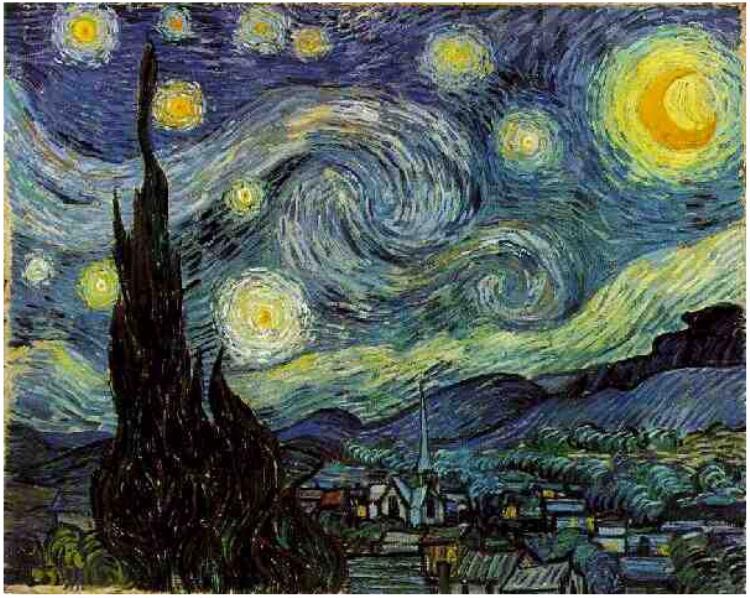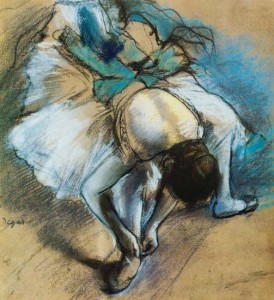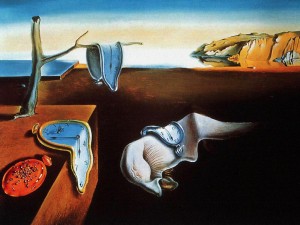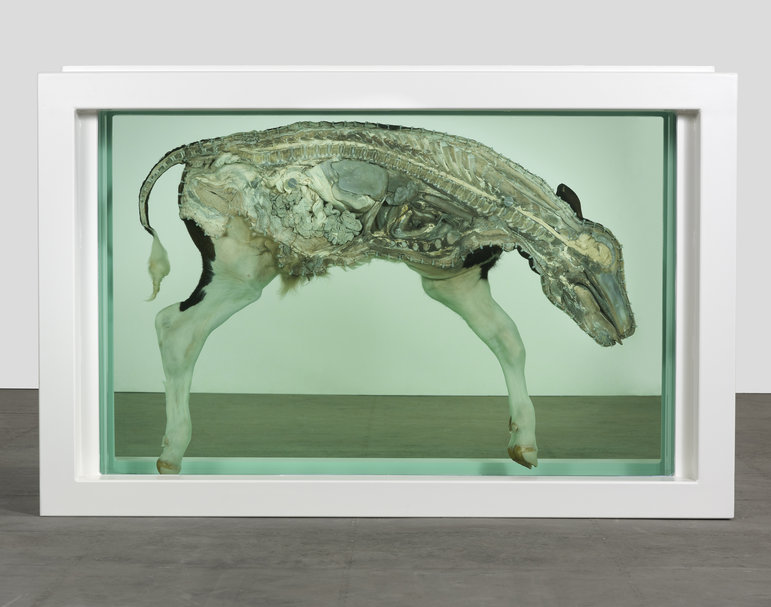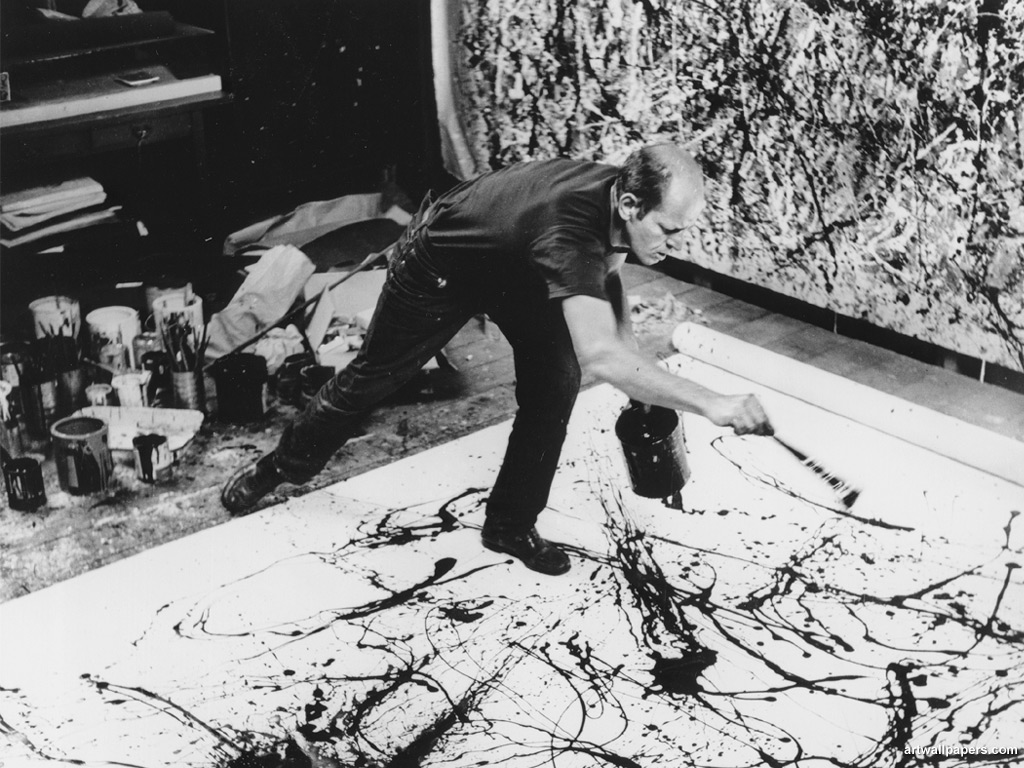Art: A Key to History
The expanding boundaries of art can be seen most latterly in the modern day contemporary art scene. Art, however, has always been changing; developing and progressing in keeping with the times. Art brings into play – in the expression of a physical object – the newest thoughts and feelings surrounding society. Therefore, with political change (the global pillage surrounding wars; economical depression and inflation – the list can go on infinitely), there will always be a shift in society which is reflected in art.
‘Barberini Faun’ or ‘Sleeping Satyr’,Roman marble copy of Greek bronze original ca. 220 BCE. Rome, Italy.
These progressions within society can be readily seen whilst looking at the progressions of the art movements throughout the ages. In the Hellenistic period the art reflected the Greek idealism which emphasised balance, perfection and perfect proportion. After the Hellenistic period came the time of the Romans (500BC – 476 AD). The Romans preferred a more practical, down-to-earth approach to art. Due to this, sculpture was considered to be one of the highest forms of art, and the medium of pottery was also very popular. Looking at the Middle Ages (500 – 1400 AD) we can see an influx of Celtic art in addition to Gothic art and architecture. The Middle Ages were a particularly dark period, featuring events such as The Black Death (or Plague) as well as the Hundred Years’ War (1337 – 1453 AD).
Moving on from the Middle Ages we come accross the Renaissance movement (1400 – 1550 AD). It was during this time that there was a great rebirth of classical culture. Renaissance art took its roots in the antiquity of classical culture, but it spread throughout Europe with the Renaissance Humanist philosophy. Seen throughout this period is the true introduction of the techniques of Chiaroscuro, foreshortening, the creation of the illusion of depth and of three-dimensionality. Well known artists from this period include: Michelangelo, Donatello, Raphael and Jan van Eyck.
The Baroque period occurred from 16o0 – 1750 AD and originated in Rome before spreading to the rest of Europe. This period was heavily supported and encouraged by the Catholic Church and as a result of this there is a heavy emphasis in God within works from this period. Features of Baroque art are: grandeur, drama, exaggeration motion and clear detail.
Next came the Neoclassical art movement that arose in the time of the Enlightenment (18th century). It attempted to recapture the grace and grandeur of the Greco-Roman times and included artists such as Lorenzo Bartolini, Anton Losenko and Andrea Appiani. Progressing forwards, the Romantic period (1780 – 1850 AD) came to be at the time of the American Revolution and emphasised traits such as individuality and imagination. Artists from the Romantic Age include Delacroix and Turner.
The Realist period (1848 – 1900 AD) is particularly interesting in exemplifying the role art plays in demonstrating the thoughts and feelings of society. Arising with the European democratic revolutions of 1848, it celebrated the working class and peasants; which is a great contrast to the high, Godly, divine paintings that came before this age. Traits seen from the Realist period include an attention to portraying the subject matter truthfully.
Thus far we have a brief understanding of the art movements up till the late 1800’s. I have been brief in this, in the attempt to lay out a basic timeline and as a result have excluded other relevant details. However, my purpose is not to give a full art history lesson. My aim is to give an overall understanding of the times in which the art periods developed, so to allow for a greater context as to why they came about and how they developed into what we call art today.
What I feel is most crucial to my work, when considering the context behind it, is the period from the late 1800’s onwards due to the fact that it is this period which I have been most influenced by in my work.
This starts from the Impressionist movement from 1865 to 1885 AD. Impressionism was primarily concerned with capturing the natural feeling of light. There is a sense of movement and life in the works of art from this time, and this is a quality which I try to encompass within my work also. There are many well-known artists from this time, such as: Pissarro, Renoir, Monet, Manet and Degas. Edgar Degas is one of my major influences in the sense that it was he who truly made me love art and what it can achieve. Particularly looking at his Ballet Dancer studies, you can see life, movement and also the love that he put into his work.
Moving on, we shall look at the Post-Impressionist period. This movement was led by the artists Vincent Van Gogh, Paul Gaugin, Paul Cezanne and Georges Saurat. It was a reaction against the Impressionist movement, in that the post-impressionists rejected the impressionists concern with the spontaneous, naturalistic way in which they rendered colour and light. The post-impressionists put an emphasis on order, structure and symbolic content. They also believed that colour could be independent from form and composition in that it could bear its own meaning; both aesthetically and emotionally.
There was an overlap in periods between the post-impressionist movement (1885 – 1910 AD) and the fauvist/expressionist movement (1900 – 1935 AD). Featuring artists such as Matisse, Kirchner and Kandinsky, paintings from this period featured harsh colours and flat surfaces (from the fauvists) and emotion which distorted form (from the expressionists). These movements surrounded the devastation that was World War One.
From 1905 – 1920 AD came the Cubist movement. There were also other pre and post World War One art experiments, attempting to find a way to express what life was like. However we shall primarily focus upon the Cubist movement. It was one of the most influential art styles of the early 1900’s and was created by the artists Pablo Picasso and Georges Braque. Cubist artists rejected the notion that art should imitate nature, in addition to the techniques of modelling, perspective and foreshortening. Common in many Cubist paintings is the feature of a multiple-vantage point. In other words, the artist has painted an object so that you can see all of its angles and sides on the one two-dimentional canvas. This is what makes many Cubist works appear somewhat obscure and fragmented.
After the First World War, the Dada and Surrealist movement (1917 -1950 AD) came about. Caused by the mass disillusionment after the war, these movements focussed on the subconscious and exploring states such as dreams. The post-war phase was a particularly difficult one for most people to deal with, not helped by the oncoming of the Great Depression in 1929. The beginning of World War Two was just another reason for people to become more immersed within their own heads, their subconscious and their dreams. Not only did this war contain the horrors of the first world war, it also contained the devastating aftermath caused by the atomic bombs dropped on both Hiroshima and Nagasaki as well as the horrors inflicted by the Nazi’s on the Jews. It was a dark place for our planet at that time. It is for this reason that the paintings of Dali contain more than just their eerie creepiness. Dali painted at a time where the frightening images in a dream or a hallucination were at times a better alternative to reality.
After World War Two came the arrival of Abstract Expressionism (1940’s -1950’s). This movement featured pure abstraction and expression without form. It was a step further than what the Dada and Surrealists attempted to do. The Dada and Surrealists became detached from reality, but still remained within the bounds of it. Abstract Expressionism, however, relinquished all chains of reality and became its own entity. An artist which I feel to be an excellent example of Abstract Expressionism would be Jackson Pollock. Pollock was an American artist and was known for his style of drip-painting.
Pop Art emerged in the 1960’s and is well-known, particularly in relation to the artist Andy Warhol. Pop Art was concerned with consumerism and functioned well in light of the development of industrial methods to allow quicker production of products. From the Pop Art movement we enter into the Postmodernism and Deconstructivism phase from the 1970’s onwards. This movement trademarks art without a centre and is focussed around experimenting and mixing with past styles from various movements.
It is from this that we arrive at the contemporary art scene today. I would not say that there is a distinctive style to the phase that we are in now. Indeed, the emphasis today is on experimenting; the emphasis is on finding something new to which we can focus on. The mediums which we view to be fine art also have expanded. Performance art has become a major part of the art scene today as well as time-based art works and inter-disciplinary works.
